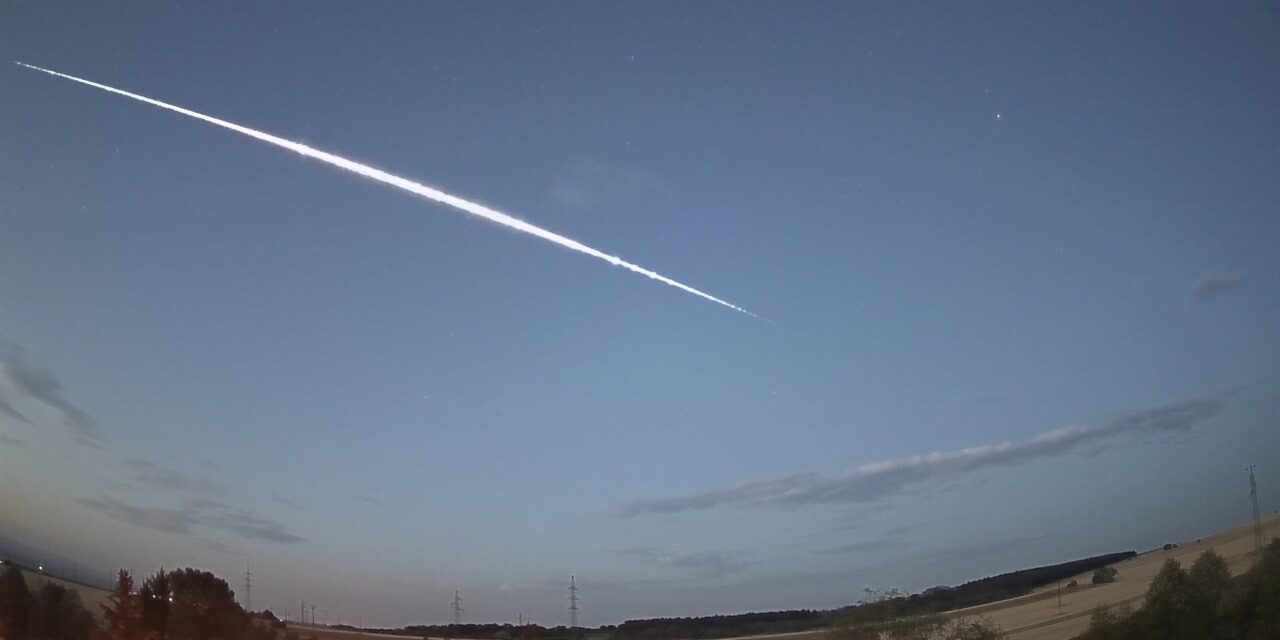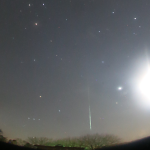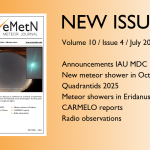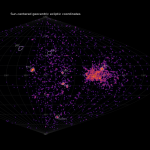On July 26, 2022, at 19:19 (UT), a sonic boom of a fireball was heard from Hungary.
1 Introduction
Barely two weeks after the previous fireball with a sonic boom, a bright meteor was reported by many people in Facebook groups, describing in detail the strongly fragmenting phenomenon crossing the sky. The most useful catch made by Mónika Landy-Gyebnár this time (Figure 1). Her meteorological camera recorded the whole event (12.6 s) from the beginning to the end with 25 fps. This made possible also to calculate the fireball’s deceleration through the atmosphere.
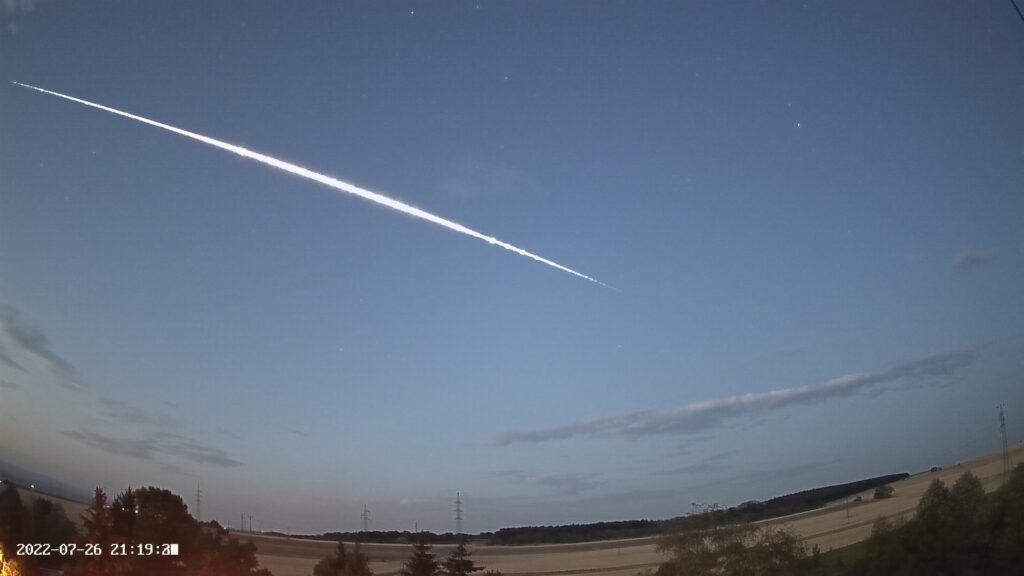
Figure 1 – Fireball from Veszprém, Hungary (Recording of Mónika Landy-Gyebnár).
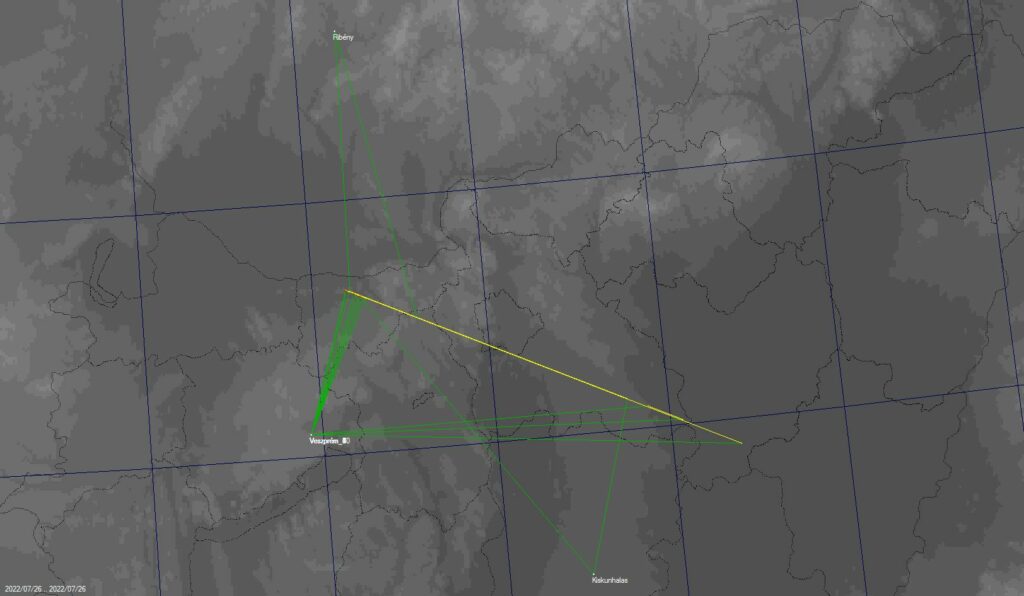
Figure 2 – The trajectory in UFOOrbit.
2 Trajectory and orbit
The measurement was made based on images from meteorological cameras which images were calibrated by UFOAnalyser (SonotaCo, 2009) The results then imported into UFOOrbit. (Figure 2) The meteoroid entering the atmosphere at an angle of 13.5°, glowed above Öcsöd at an altitude of 85.3 km. At an average speed of 16 km/s, it travelled about 200 km in our atmosphere, while the Earth’s gravity bent the otherwise straight path by 758 meters. Based on the light curve, (Figure 3) the body began to disintegrate very high, at an altitude of 77 km – due to the forces induced by atmospheric drag – the pressure was only 0.006MPa there. (Bronshten 1981) Its continuous explosive detachment of material lasted until around 50 km, where it finally broke into pieces. Based on the deceleration that can be determined from the recordings, we saw the ablation of the most resistant piece in the last moments. According to dynamic mass calculation, (Halliday et al. 1996) it was approx. 150 g. Unfortunately, this piece also barely slowed down to less than 10 km/s, so it did not reach the speed required for dark flight. Its final height – where its material was scattered – was 42.2 km, above Mocsa. (Figure 4)
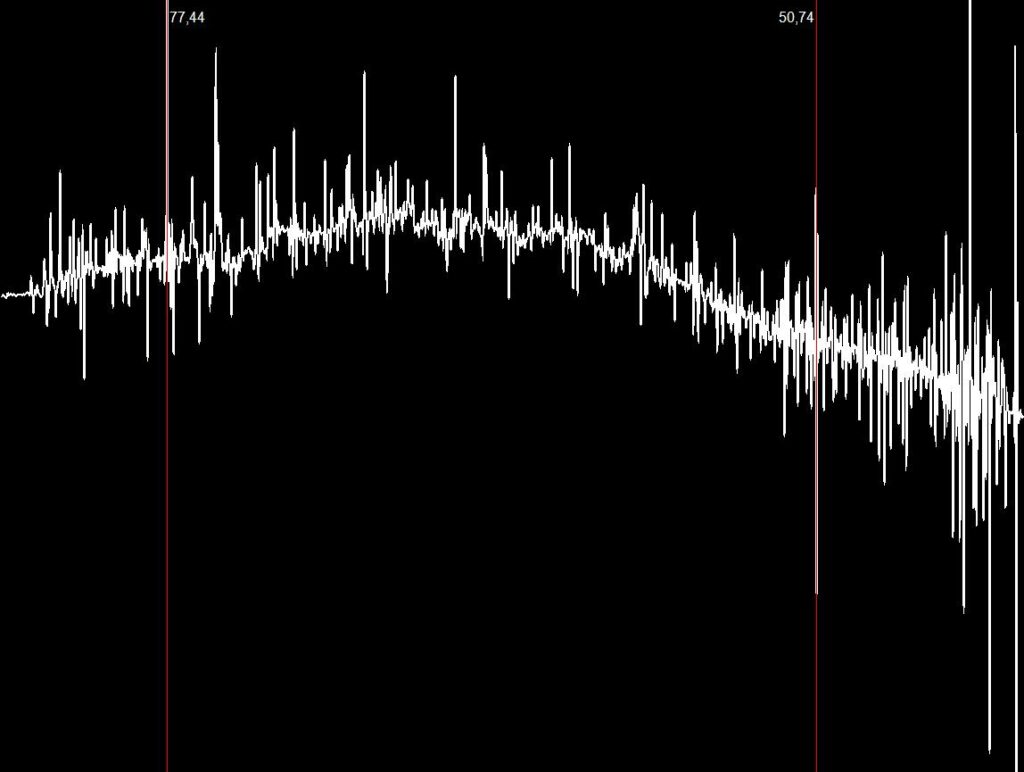
Figure 3 – The fireball’s lightcurve.
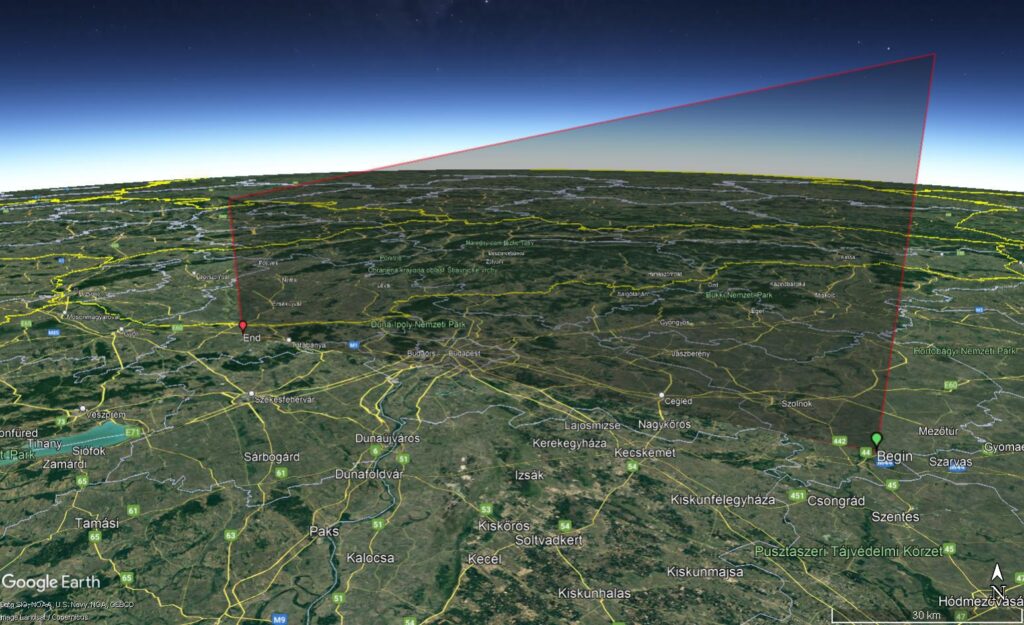
Figure 4 – 3d projection of the trajectory in Google Earth.
According to UFOOrbit, the radiant of the sporadic meteor is R.A.: 315.22° ; Dec.: -7.51°. The orbit in the solar system unusually does not draw the ordinary material movement from beyond Mars. Instead the meteoroid’s orbit was in the near vicinity of the Earth’s orbit in the main plane. (Figure 5) I determined the orbital elements based on the speed measured at the beginning of the trail (16.9 km/s) before the deceleration was happened.
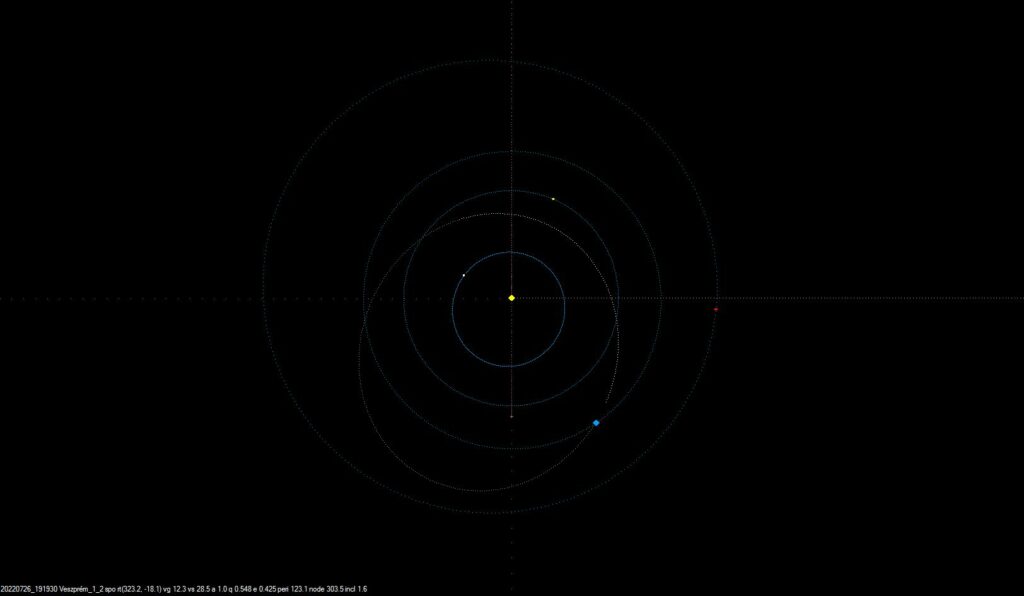
Figure 5 – The meteoroid’s orbit.
Reference
– SonotaCo (2009). “A meteor shower catalog based on video
observations in 2007-2008”. WGN, Journal of the
International Meteor Organization, 37, 55–62.
observations in 2007-2008”. WGN, Journal of the
International Meteor Organization, 37, 55–62.
– Bronshten (1981) The tensile strength, calculated density by following the U.S.standard atmosphere model (U.S.Standard Atmosphere 1976)
Bronshten, V.A. 1981, Geophysics and Astrophysics Monographs (Dordrecht: Reidel)
– Halliday et al. (1996) Halliday, I., Griffin, A.A., Blackwell, A.T. (1996): Detailed data for 259 fireballs from the Canada camera network and inferences concerning the influx of large meteoroids, Meteoritics & PlanetaryScience, 31, pp. 185 – 217

